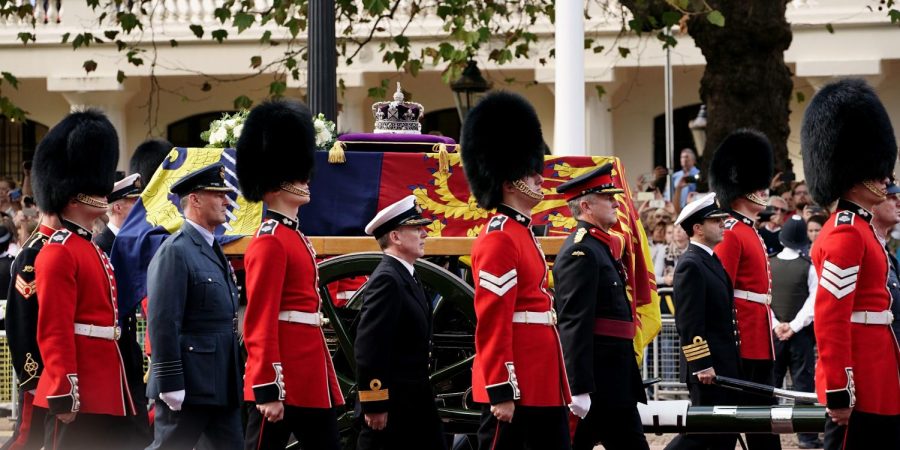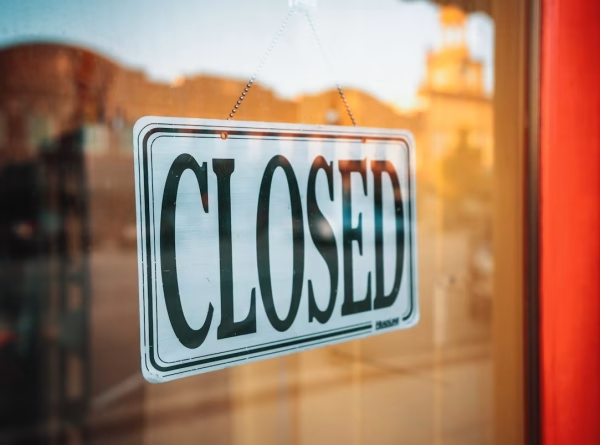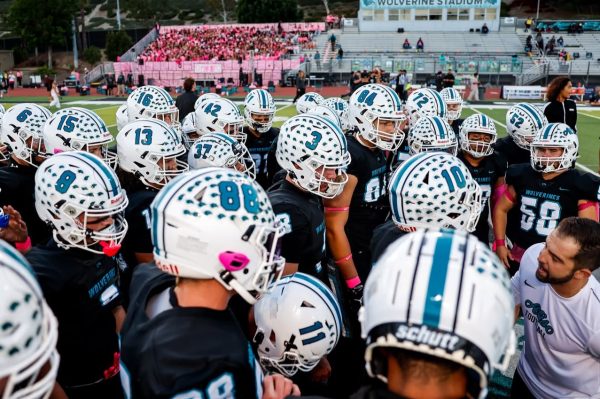Aftermath of The Queen’s Death
Following the death of Queen Elizabeth II on September 8, 2022, who ruled for over seven decades, The United Kingdom has gone into super overdrive. As the Queen’s lying in state continues, King Charles III has ascended to the throne and has big shoes to fill.
Four days after her passing, there was a procession from Buckingham palace to Westminster Hall where Queen Elizabeth lay in state for another four days. Thousands of people gathered to visit the beloved Queen, sometimes having to wait 30 hours to pay their respects. After the funeral on September 19, the Queen was sent off to Windsor castle, buried next to her husband Prince Philip, and her father, King George VI.
As for King Charles III, Queen Elizabeth’s son, he could have chosen one of his four names- Charles Philip Arthur George, but made his decision to be known as King Charles. Also, Prince William, Charles’ eldest son, and his wife Catherine are now named Duke and Duchess of Cornwall and Cambridge, as well as Prince and Princess of Wales. Camilla, Charles’s wife has become the Queen consort.
Charles was officially declared King on the Saturday following the Queen’s death, which took place at St James’s Palace in London. This was held in front of the Accession Council, a ceremonial body assembled upon the death of a monarch to make a formal announcement of the succession of the heir to the throne. It is made up of members of the Privy Council, a formal body of advisors to the ruler of the United Kingdom. Senior MPs, peers, civil servants, Commonwealth high commissioners, and the Lord Mayor of London all attended the ceremony. The last Accession Council was held in 1952. King Charles III was only present for the second part of the two part Accession Council.
In the first part of the assembly, the Lord President of the Privy Council declared the death of Queen Elizabeth II. Pledges and prayers praised the previous Queen and gave best wishes to King Charles. It was then signed by senior figures including the Archbishop of Canterbury.
Charles has yet to be formally crowned at his coronation, which will be held in Westminster Abbey, the way it has been for the past 900 years. The crowning is a state event, meaning the government pays for it and decides who will be attending.
It is an Anglican religious ceremony executed by the Archbishop of canterbury. During the service, he will set St Edward’s Crown on Charles’ head. This special, solid gold crown dates from 1661, and is only worn by the ruler at the time of the coronation itself.
King Charles III is now the head of the Commonwealth, which is composed of 56 countries and almost 2.5 billion people. He has a lot to prove and must take the place of the former adored Queen. The majority of English people want to continue keeping the monarchy, and wish him luck on his challenging job. After 73 years in-waiting, King Charles III will finally prove himself to the world.




